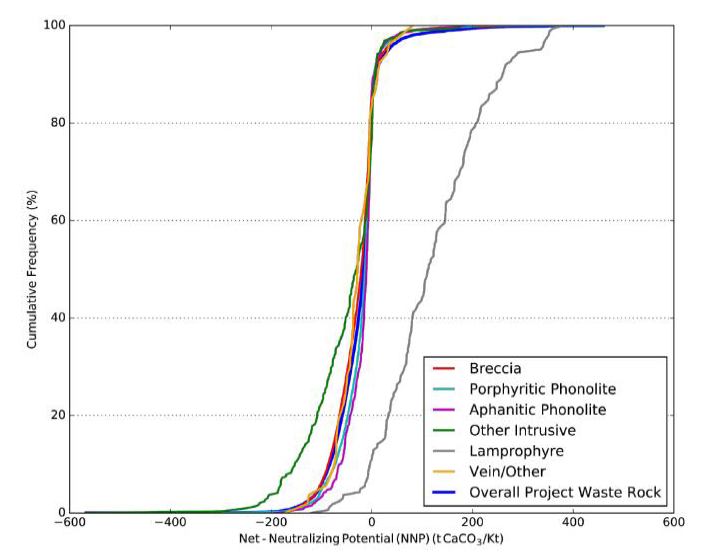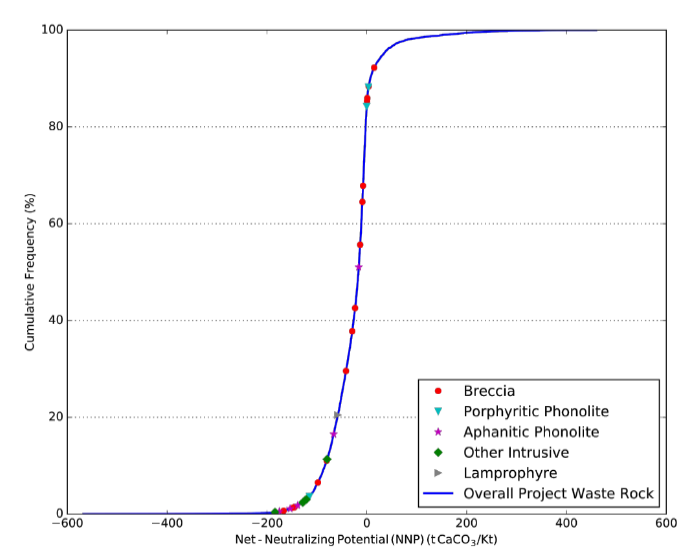Sample Selection for Waste-Rock Characterization
Project Description
Itasca Denver, Inc. (Itasca) was contracted to conduct a waste-rock characterization study for a large-scale mine waste dump. The purpose of the waste-rock characterization study was to quantify the potential for acid generation from waste rock associated with the mining process. Waste-rock characterization was conducted via a series of laboratory analyses using selected samples from exploration drill core representative of the waste rock that was anticipated to be generated.
A critical task of the waste-rock characterization was to select 50 samples for analysis from a population of about 10,000 bulk samples. The main objective of the sample selection was to represent each of the rock types that were present in the sample population as well as the various locations from which the samples originated. An additional objective for sample selection was to ensure that the range of acid-generating potential from the entire population was well represented because the acid-generating potential did not necessarily correlate with rock type.
Itasca's Role
Itasca analyzed the project database containing total sulfur and total carbon concentrations for a population of 10,000 samples using a proprietary algorithm developed with the Python programming language. The project database also contained results from core logging that were used by Itasca to identify six primary rock types within the population. Sulfur and carbon contents were used as proxies to develop a representation of the range of the net acid-generating potential for the overall bulk samples. The range of net acid-generating potential was plotted as a cumulative frequency distribution for the bulk samples and for each of the six primary rock types. The distributions of net acid-generating potential were adequately representative of each rock type as well as the entirety of the bulk samples.


Project Results
Itasca successfully identified a sample set of 50 from a population of 10,000 samples for analysis of representative net acid-generating potential as part of a waste-rock characterization study. The robust method for sample selection ensured that the entire population was well represented by the selected samples. This approach adequately represents the range of net acid-generating potential for each rock type and for the entire set of samples. The proprietary Python algorithm is a robust tool to efficiently revise the sample selection algorithm through multiple iterations to provide the results that are most representative of the entire set of bulk samples.

